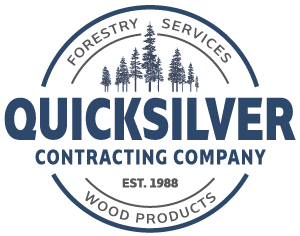Where can I buy fence posts or poles?
In Central Oregon, contact our residential and agricultural retailer Round Tree Lodgepole Products at (541) 382-2274. Or if you’re looking for custom, commercial or wholesale supply give our sales team a call at 541-480-1160.
Where to BuyWhich is better: wood or steel fencing?
Post and pole fences constructed with properly treated wood will last decades, usually far longer than fencing made of iron or steel. They require little maintenance and are more durable. They’re also stronger, with a higher strength-to-weight ratio than metal fencing. They tend to be more stable, with more surface area in contact with the ground, making them superior in soil with any sand content. Plus, they’re better aesthetically. Wood looks like part of the natural landscape.
What’s the difference between hand-peeled and machine-peeled wood posts?
Finished roundwood posts and poles have their bark removed either by hand or by machine. Hand peeling with a draw knife takes longer but takes very little wood off and provides a pleasing, custom appearance for indoor uses.
There are several types of machine peeling. They both result in highly uniform products that are easily treated with preservatives for outdoor uses.
Are your fence posts treated?
Yes, they are typically pressure treated or dipped, in order to prevent rot and preserve the wood.
Which do I need: treated or untreated wood?
Wood is exceptionally sturdy but like any construction material, it has to withstand weather, insects, and corrosion. Often, a preservative is applied to prevent rot. Any wood that comes in contact with the ground or is exposed to outdoor conditions should be treated. This increases its lifespan by as much as 10 times.
There are five main use categories for treated wood, depending on whether it’s in contact with the ground or above ground, used for residential purposes or not, exposed to dampness or not, and other factors. Get in touch if you have questions about what use category is right for your project.
Guide to Pressure-Treated LumberHow is post and pole wood treated?
Depending on how the wood product is being used, there are two main treatment methods for protection against rot, fungi and insect infestation. The most common is pressure treating. Wood is placed in an enclosed cylinder that uses a series of vacuum and pressure cycles to force preservatives into the layers of wood. The second approach is applying preservatives by dipping wood into treatment chemicals.
Is treated wood environmentally safe?
While pressure-treated wood is safe when used in accordance with EPA and industry guidelines, there are simple precautions to take when you’re working with it. Many preserved wood producers follow Best Management Practices to assure environmental compliance.
Treated Wood Environmental Standards